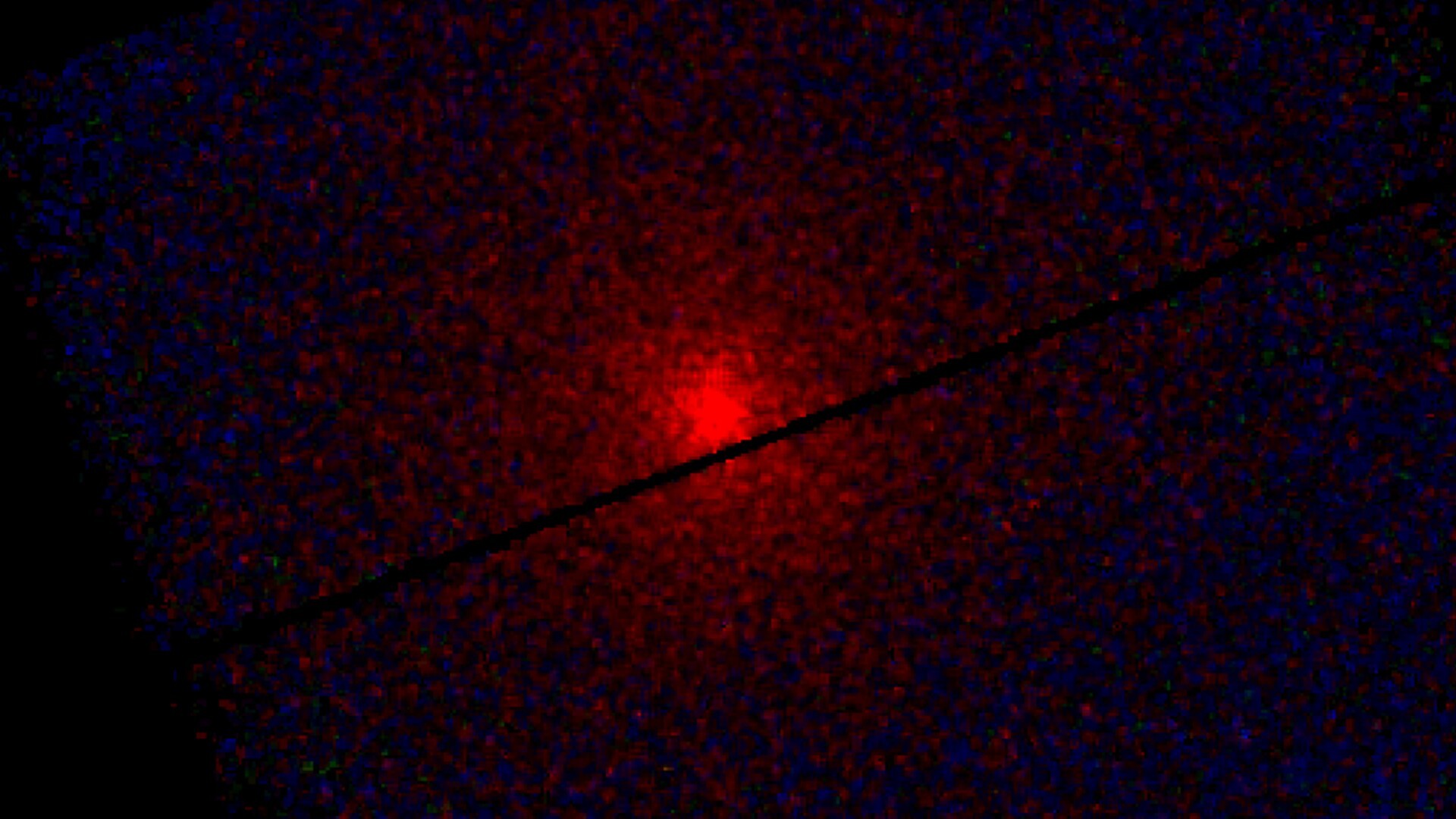Largest asteroid to fly by Earth this year spotted in radar images

NASA has shared a new collection of images of the mile-wide asteroid pair that passed safely by Earth in May.
On May 27, asteroid 1989 JA flew within 2.5 million miles (4 million kilometers) of our planet, or about 10 times the distance between Earth and the moon. Measuring 1.1 miles (1.8 km) across, or about four times the size of the Empire State Building, this asteroid system is the largest expected to pass by our planet in 2022.
Astronomers from NASA's Jet Propulsion Laboratory (JPL) tracked the asteroid's motion and captured detailed radar images using the Deep Space Network's Goldstone Deep Space Communications Complex in California. The space agency shared a new collage of images and animations from observations taken on May 26.
Related: The greatest asteroid missions of all time!
"1989 JA does not currently pose an impact risk to Earth, but observations by planetary radar can help astronomers better understand its orbit around the sun so that any future risk can be continually assessed," NASA officials said in a statement from JPL.
First discovered in 1989, asteroid 1989 JA is a binary system that includes a larger primary asteroid and a much smaller satellite asteroid that orbit each other every 17 hours or so without touching. The larger asteroid is about 2,300 feet (700 meters) across, while the secondary asteroid is about 330 to 660 feet (100 to 200 m) in diameter, according to the statement.
The smaller asteroid was just discovered this year, a few weeks before the duet made its close approach to Earth. Astronomers at Ondrejov Observatory in the Czech Republic detected the smaller asteroid while measuring the change in light reflected by the larger one.
Breaking space news, the latest updates on rocket launches, skywatching events and more!
The recent Goldstone observations, which NASA shared on June 29, allowed astronomers to study the asteroid pair up close. Their findings helped to confirm the presence of the secondary asteroid and the size of the primary asteroid, which was originally measured by NASA's Wide-field Infrared Survey Explorer in 2010.
Follow Samantha Mathewson @Sam_Ashley13. Follow us on Twitter @Spacedotcom and on Facebook.

Samantha Mathewson joined Space.com as an intern in the summer of 2016. She received a B.A. in Journalism and Environmental Science at the University of New Haven, in Connecticut. Previously, her work has been published in Nature World News. When not writing or reading about science, Samantha enjoys traveling to new places and taking photos! You can follow her on Twitter @Sam_Ashley13.
